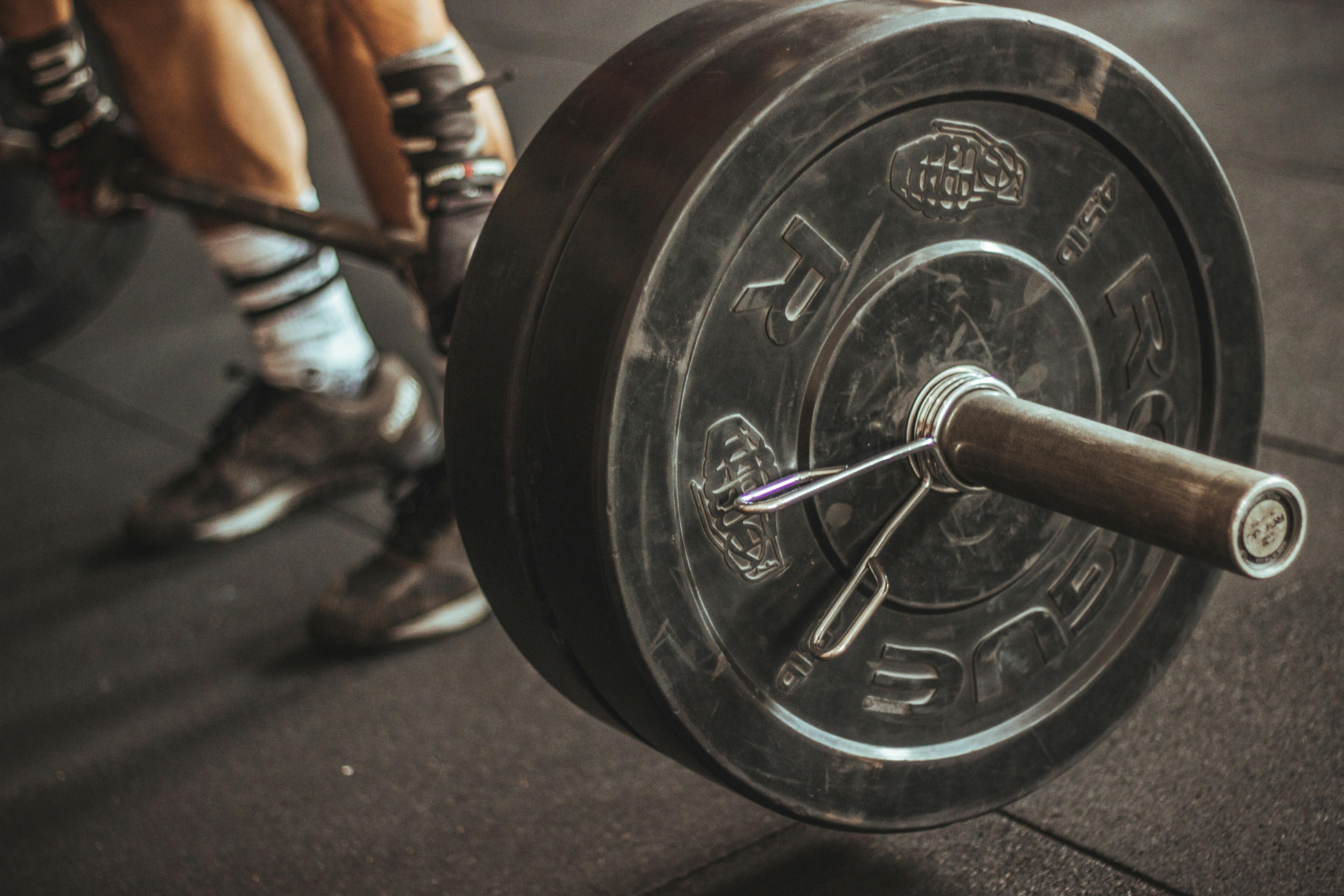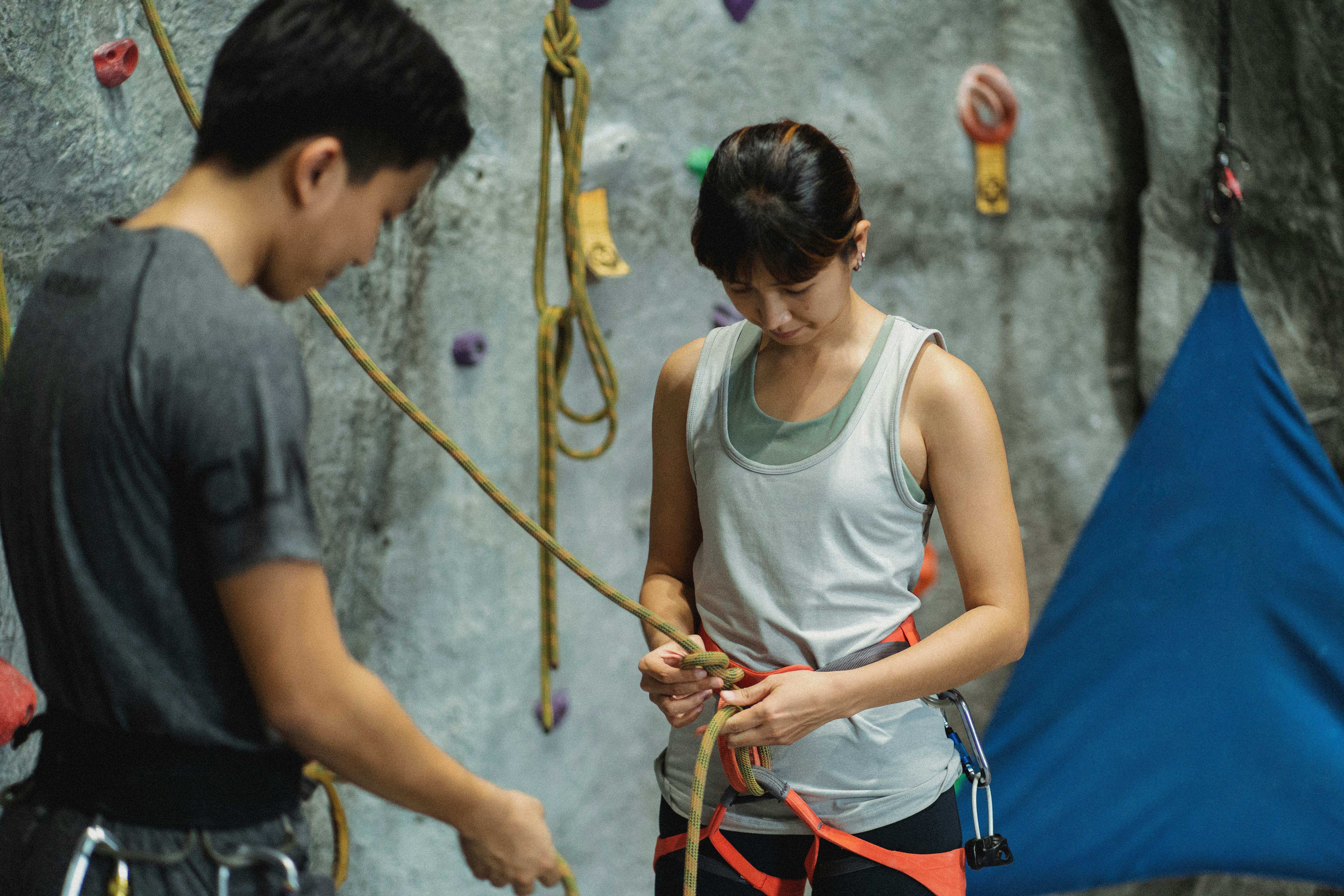Marriages in India are performed according to the traditions and rituals of a particular community or religion. Marriage ceremonies reflect the caste or creed to which one belongs. Marriage methods and rituals practiced vary from community to community and thus become trademarks of a particular area. Each caste or area would witness a slight difference in their methodologies, which would attest to the existence of ‘n’ number of marriage forms and rituals.
People from a particular region hail their names or recognition of that particular area such as people belonging to Punjab are known as Punjabis, people from Gujarat are known as Gujaratis, Tamils are known as Tamilians and hence , people who belong to a river area are known by the name of that river. Sindhis are the people who belong to Sapt Sindhu, an area near the Sindhu River, also known as the Indus River. Due to the use of the river for commercial purposes, these people mainly got involved in the trading business and thus have their networks all over the world. Due to the nature of their businesses, Sindhis are mostly located in the country’s metropolitan cities, with a predominance of trade and business opportunities.
Sindhis are Sanatani Hindus and therefore follow Vedic rituals for their children’s marriage ceremonies. They do not follow the traditional hard and fast Hindu rituals as they are a mix of Hindu and Sufi culture. Earlier Sindhis used to offer goat meat to God before marriage to ensure a successful and happy marriage, but with the evolution of science, this superstitious practice came to an end. The date of the marriage ceremony is decided as per astrology which is mostly an auspicious day like a new moon day or if there are no dates available as per astrology then any day after sunrise Sindhi. The marriage ceremony, which is called Gudhuro marriage, can be performed.
Sindhis, like all other religions, prefer to marry their children in their own caste and religion. Sindhi marriage ceremonies can also be divided into pre-marriage, during and post-marriage rituals.
Premarital rituals:
Kachhi Mishri – This ceremony marks the cornerstone of the lifelong relationship between the Sindhi bride and groom. In it, the Sindhi bride’s family visits the groom’s house and presents him with mishri, a token of their acceptance of the Sindhi boy as her daughter’s groom. Cash is also given with the gifts to the Sindhi groom; this ritual is also called Ladki rokna.
Pakki Mishri – This is the formal announcement of the marriage ceremony, in this the Sindhi bride and groom exchange rings and hence they are called engaged from then on. The Sindhi groom is also given the clothes and accessories that he needs to wear on the wedding day with a sacred thread, coconut and sweets along with them. the time and date of the marriage is also with a priest on the same day.
Dev Bithana: this ritual consists of the elaboration of a Gundro, a totemic idol, which is venerated in all marriage ceremonies. The ceremony is performed six to seven days before the actual marriage ceremony. After completing the making of Gundro, the family members worship 7 Haris, 8 Patras (sons) and nine Bublans (covers) by placing them in front of the Sindhi bride and groom.
Tih: This ceremony takes place one day before the marriage, where the Priest of the Sindhi bride’s family visits the groom’s house along with some gifts and goods like coconut, rice, nine dates, 21 sweet nibatas, sugar, a green silk cloth , and then worship lord ganesha. Then the priest also presents all these gifts on the lap of the Sindhi groom and a paper on which the times for the marriage are written, which is accepted by the groom and receives the blessing of the priest and his family members.
Mehandi Ceremony: Mehandi ceremony is a ritual performed at the home of the Sindhi bride, where mehandi or Heena is applied on the hands of the bride. Many traditional songs and dances are also performed at this time.
Banwa: This is a very traditional ceremony performed in Sindhis, which is that the grinding stone is installed in the house for a long time. After this ceremony, the Sindhi bride is not allowed to leave her office until the time of marriage.
Baraat: Baraat is a group of relatives and friends of the Sindhi groom, who accompany him to the bride’s house or the place of marriage, performing traditional songs and dances while heading towards the place.
wedding ceremonies
Swagat of the baraat: The baraat is then received by the family of the Sindhi bride with much respect and gifts, mainly saris and sindur are given to the mother of the groom and other ladies on the groom’s side. The groom is then led into the wedding hall.
Jaimala: After the groom’s entrance, the bride is brought in, and garlands are exchanged between them known as the jaimala ceremony.
Phera Ceremony: This is the final ceremony of the Sindhi marriage, marking their lifelong union. In this, the couple goes around the sacred fire four times, with the priest reciting the religious scriptures.
Post-marriage rituals:
Vidai: It is the ceremony, where the Sindhi bride leaves her maternal house and goes towards her new house, that is, the house of her in-laws or husband.
The new bride is then welcomed by her in-laws with loads of dhol and nagadas (drums) at her new house. Many celebrations are held to mark the happiness and grandeur of the occasion.




